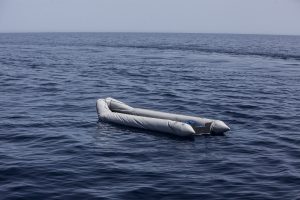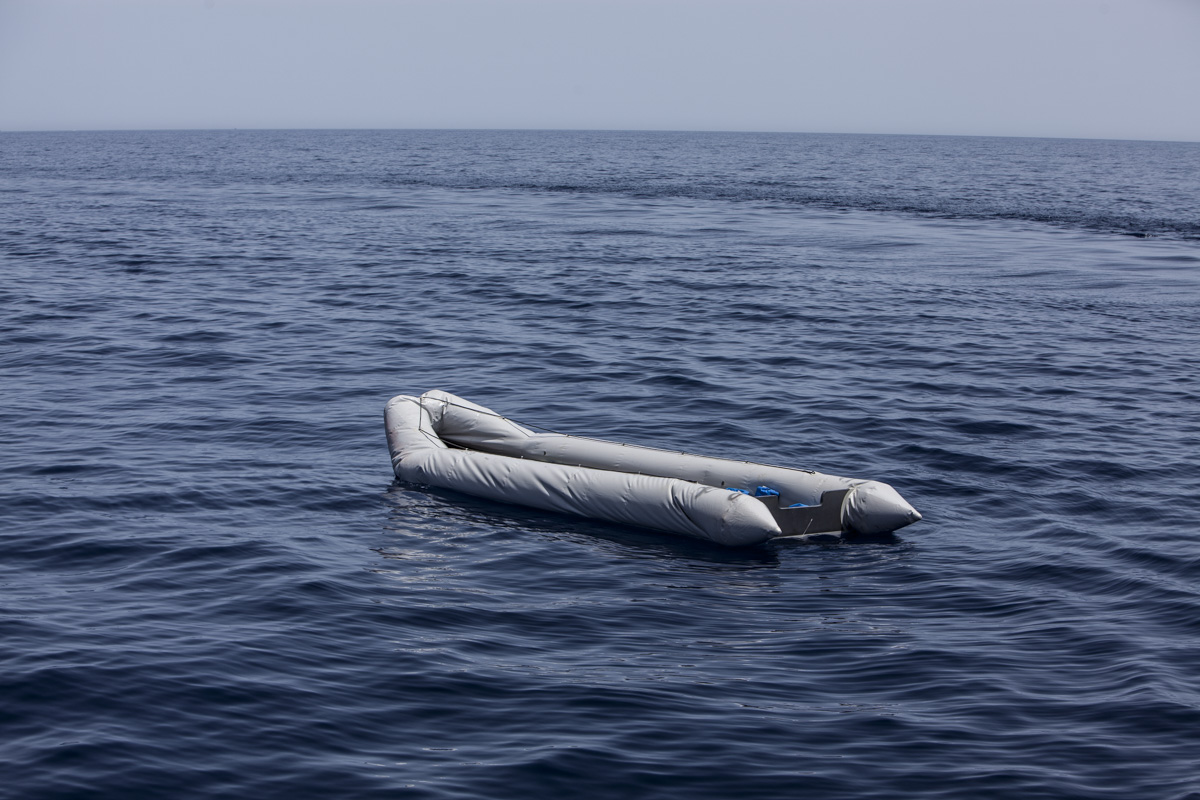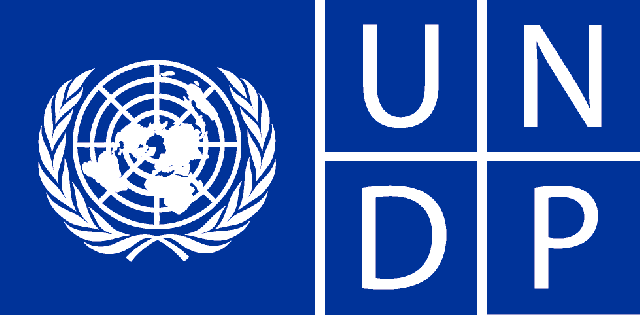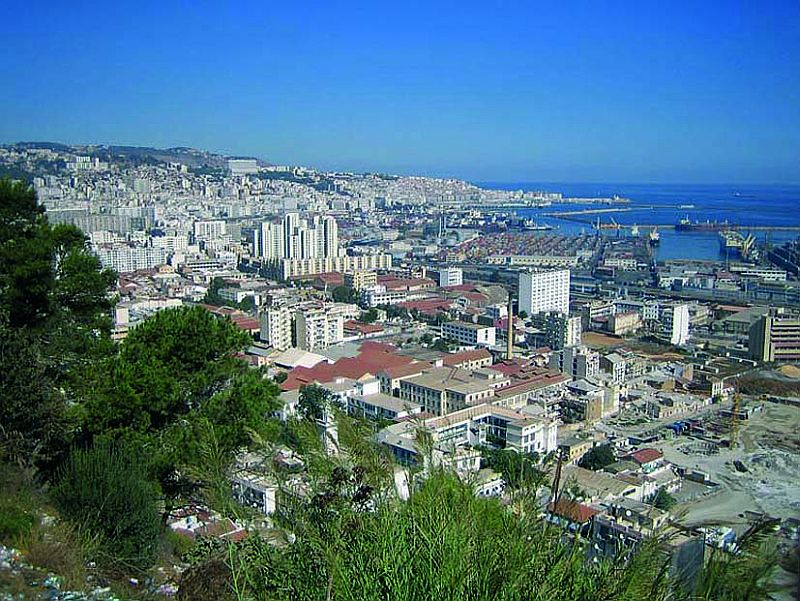By Sami Zaptia.

London, 1 September 2016:
There has been much speculation about the reasons for the recent sudden surge in migrants rescued in the Mediterranean originating from the Libyan coast. Most analysts have put the surge down to favourable weather and sea conditions off the western Libyan coast. However, those on the ground in Libya offer other more complex explanations to the Libyan human trafficking industry.
Libya Herald spoke to Mark Micallef, the Malta-based Executive Editor of the Migrant Report, a non-profit project designed to measure, investigate and document the impact of human movement. Its primary focus is on the Mediterranean as a focal point of human migration from Africa to Europe.
Micallef has been engaged with African migration to Europe for more than a decade as a journalist, and TV presenter. In 2015, he started working on the setting up of a ground network in Libya, specifically focused on migration with the aim of developing an on-the-ground, dynamic picture of the situation.
‘‘It’s worth looking at the month of August as a whole and not just the last week’’, Micallef said in response to my query about the sudden surge.
‘‘In the first four weeks of the month there was a substantial drop in the number of people who crossed from Libya. If you look at UNHCR figures up to 27 August, you will find that only about 12,000 people had crossed up to that point in August, almost 10,000 less than during the same month the previous year’’.
‘‘Then in the last week there was a sudden surge which now sees August 2016 surpass the same month last year in terms of the number of people who crossed, but not by a large margin’’.
With regards to the lull in migrant launches he said: ‘‘I have just returned from field research across the west coast of Libya and which included some days in Sabratha. It is hard to pin down the exact reason for the disruption (before this week’s surge), however, two elements appear significant’’.
‘‘The first is that there seems to be a problem in the supply of boats. Over the past weeks we have witnessed a number of “unconventional” boats being used; small wooden fishing vessels and even rubber rafts which do not conform to the standard vessel seen in past years; normally a nine to 12 metre light/grey rubber dinghy with a plywood-reinforced bottom. Some are slightly smaller or black in colour’’.
‘‘The second factor’’, he continued, ‘‘is the tensions experienced in the region over the past weeks. On the west, due to the Ras Ejdir stand-off, and on the east with the escalating tension between Zawiya and Warshefana, which eventually dissipated when the highway was reopened last week’’.
‘‘These tensions’’, Micallef explained, ‘‘negatively impact logistical operations prior to the migrants reaching the departure points on the beaches and this often determines departures – much more than the weather does’’.
The EU, in its efforts to counter the human trafficking operations from Libya, has promised to disrupt the business model of the people smugglers. Worryingly, Micallef’s feedback from his recent visit to Libya seem to confirm that the human traffickers’ operations have become consistent on an industrial scale.
‘‘In fact, it is no coincidence that similar numbers of people are seen crossing month on month”, he explains. ”Libya’s smuggling industry, across the chain from the southeast and the southwest down to the transit zones in the centre of the country (such as Bani Walid and Ajdabiya), right up to the coast, has developed a level of capacity that although seasonal – has a relatively consistent pattern’’.
‘‘This suggests that we should not try to analyse a drop or increase in the number of departures only on the basis of factors affecting the sea journey’’, Micallef warned. ‘‘The explanation is often found further up the supply chain’’.
‘‘It’s sad that we have to use such terms when we are talking about a business that trades in human lives but the reality is that: Libya’s smuggling business shows all the signs of having become an industrialized activity’’, lamented Micallef.









